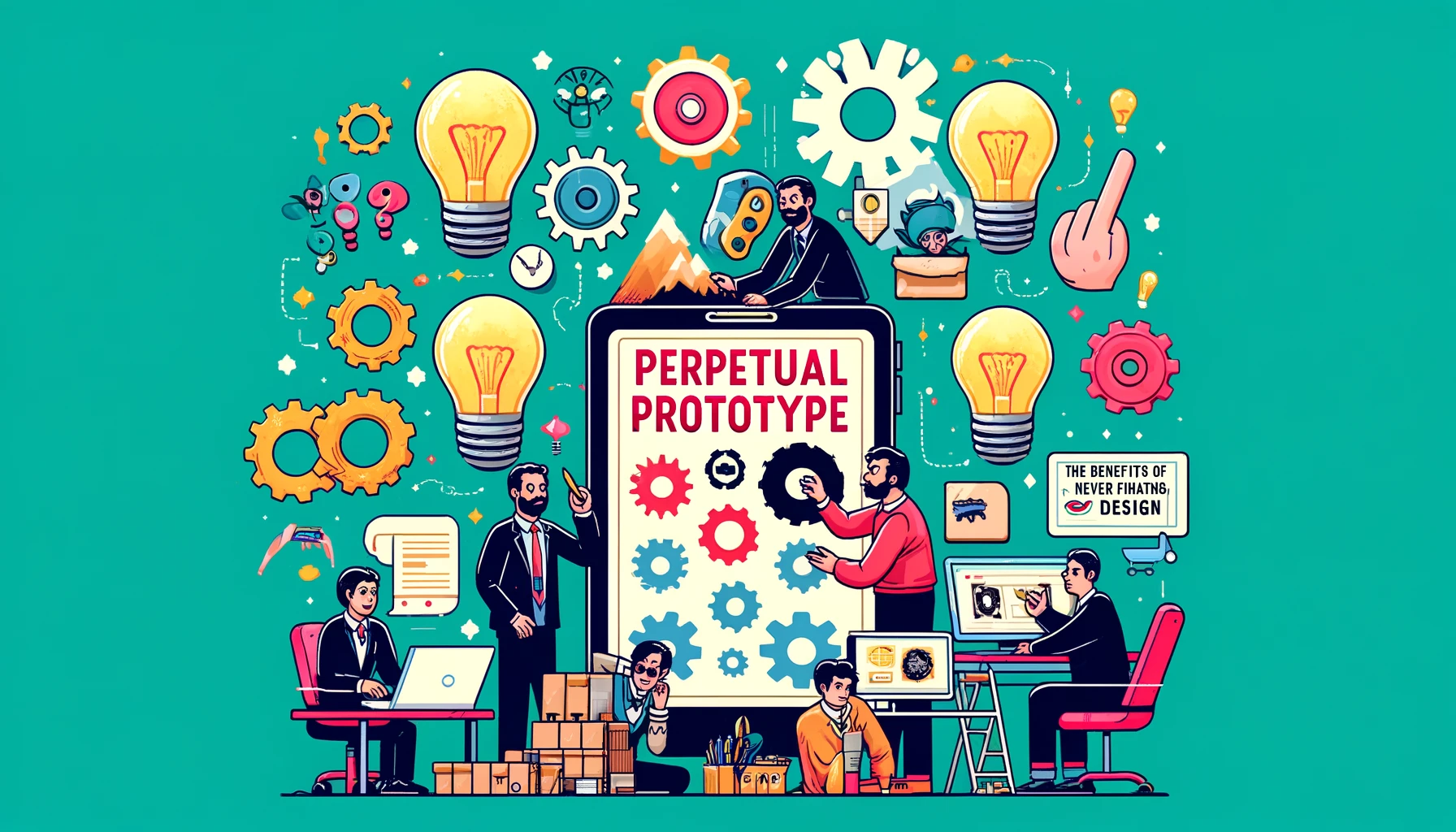This research paper explores the concept of perpetual prototypes in software development and design, highlighting the benefits of never finalizing a design. By examining case studies, industry practices, and theoretical frameworks, this paper argues that continuous iteration and flexibility can lead to more innovative and user-centered products. It delves into the advantages of maintaining a prototype mindset, including improved adaptability, enhanced user feedback, and sustained innovation.
Introduction
In traditional product development, finalizing a design is often seen as the ultimate goal. However, the concept of perpetual prototypes challenges this notion, advocating for an ongoing iterative process that never truly concludes. This paper investigates the benefits of maintaining a prototype mindset, where products are constantly evolving based on user feedback and changing market demands. By embracing perpetual prototypes, organizations can remain agile, responsive, and innovative.
Historical Context
The idea of perpetual prototypes has its roots in agile development methodologies, which prioritize iterative progress and continuous improvement over fixed, linear processes. Historically, industries such as software development, automotive design, and consumer electronics have seen significant success with iterative approaches. These industries demonstrate that a commitment to ongoing refinement can lead to superior products and greater customer satisfaction.
Adaptability and Flexibility
One of the primary benefits of perpetual prototypes is increased adaptability and flexibility. In a rapidly changing market, the ability to pivot and adjust designs based on new information is invaluable. Perpetual prototypes allow organizations to respond to user feedback, technological advancements, and competitive pressures without the constraints of a finalized design. This flexibility can result in more relevant and up-to-date products that better meet user needs.
Enhanced User Feedback
Maintaining a perpetual prototype mindset encourages continuous user engagement and feedback. By involving users in the development process and regularly iterating based on their input, organizations can create products that are closely aligned with user expectations and preferences. This user-centered approach can lead to higher satisfaction and loyalty, as users feel their voices are heard and valued.
Sustained Innovation
Perpetual prototypes foster a culture of sustained innovation. Without the pressure to finalize a design, teams can experiment with new ideas, technologies, and features. This ongoing experimentation can lead to breakthroughs that might not have been possible within the confines of a fixed design process. Organizations that embrace perpetual prototypes are often seen as industry leaders, driving innovation and setting new standards.
Case Studies
To illustrate these points, we examine several case studies:
- Tesla: Tesla’s approach to software updates for its vehicles is a prime example of perpetual prototypes in action. The company regularly releases updates that enhance functionality, improve performance, and introduce new features, keeping their vehicles at the cutting edge of technology.
- Google Products: Google frequently employs a perpetual prototype approach with its products, such as Gmail and Google Maps. These services are continually updated and refined based on user feedback and technological advancements, ensuring they remain relevant and user-friendly.
Strategic Implementation
Implementing perpetual prototypes requires a strategic approach. Key strategies include:
- Agile Methodologies: Adopting agile development practices that emphasize iterative progress and flexibility.
- User Involvement: Encouraging regular user feedback and incorporating it into the development process.
- Cross-Functional Teams: Leveraging cross-functional teams to ensure diverse perspectives and expertise contribute to ongoing innovation.
- Continuous Integration and Deployment: Utilizing continuous integration and deployment pipelines to facilitate frequent updates and improvements.
Conclusion
The concept of perpetual prototypes highlights the benefits of never finalizing a design. By maintaining a mindset of continuous iteration and flexibility, organizations can create products that are more adaptable, user-centered, and innovative. The evidence presented in this paper underscores the value of perpetual prototypes in driving long-term success and competitiveness in a rapidly evolving market.

